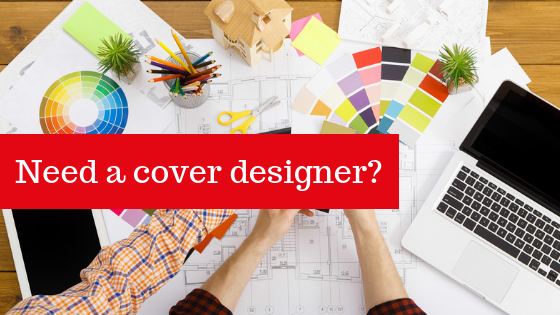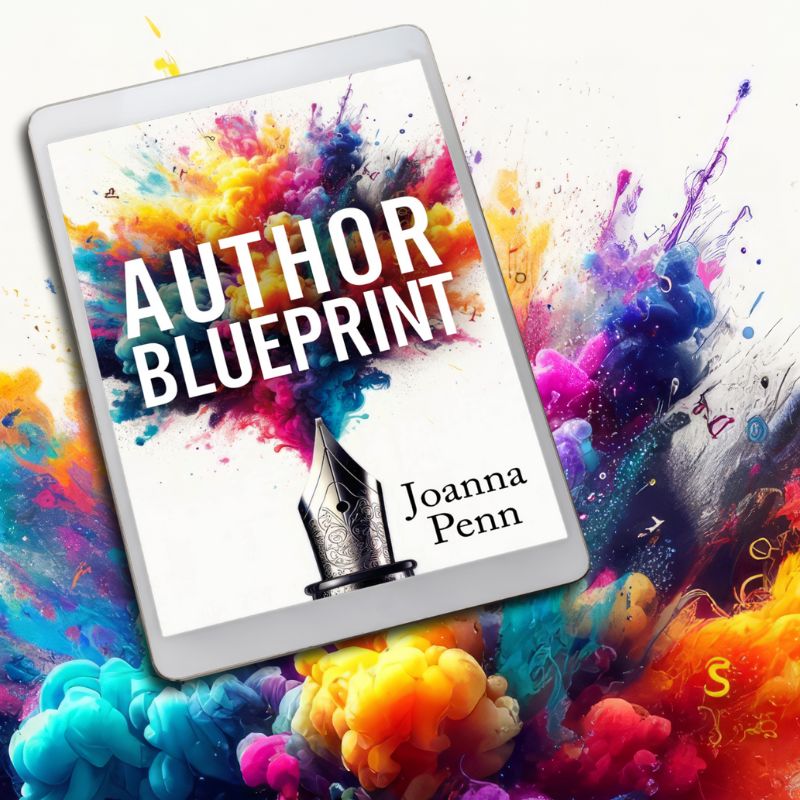OLD POST ALERT! This is an older post and although you might find some useful tips, any technical or publishing information is likely to be out of date. Please click on Start Here on the menu bar above to find links to my most useful articles, videos and podcast. Thanks and happy writing! – Joanna Penn
Podcast: Download (Duration: 33:15 — 19.5MB)
Subscribe: Spotify | TuneIn | RSS | More
People really do judge a book by its cover so you need to know what is most effective and what your options are when it comes to book cover design.
Anthony Puttee is a designer, co-author of YA novel Dream Raider and founder of BookCoverCafe.com. He specializes in helping authors with book cover design and other aspects of marketing.
Update 2020: Click here if you need a book cover designer.
In this interview, Anthony goes through:
- How he personally got started in design with TV commercials and advertising materials. But he moved into publishing as co-author of YA novel Dream Raider and then started BookCoverCafe.com to help other authors.
What people get wrong with book cover design
- Design is subjective so its never clear what exactly is right, but there are some things that are wrong. Lack of impact is a general problem. There's nothing that stands out and grabs the reader. It usually comes down to a couple of core things. Poor use of titles and typography e.g. wrong choice of font and also the placement of the author name.
- Clutter is also a very bad idea. Don't put all elements of your story, you don't need characters, the ocean, the farmhouse, whatever. You can't make out a clear message. So consider what might be symbolic and represent the whole story and just use that one strong element.
Covers for genres and series
- Rules around genre covers. There are some considerations to keep in mind. Readers of certain genres expect to see certain images or moods on the cover e.g. science fiction uses deep colours and images of space. For font and typography it might be chiseled and industrial vs a contrasting romance chick lit cover with fun, bubbly, curly typography. All these things convey the message of the book.
- Research other books in your genre and use that for ideas. Deconstruct the covers and how it makes you feel. Break down the elements and train your eye to what you see. You can get free fonts or cheap fonts online if you can't find a standard.
- On covers for series.How can you make covers consistent or matching? Are there consistent themes or images that you can use across multiple books. Example being The Diary of the Wimpy Kid series. The font is the same as are the stick figures but the colors and drawings are different. So for your book, consider an element to be consistent. Keep the same font on the titles. Other examples for non-fiction would be the Dummies guides where the black and yellow becomes part of the branding. You can also re-release books with new covers, as per China Mieville's seen in a British bookshop.
In re-releasing your books, you can also add testimonials and quotes to the cover if you upload a new one for print on demand.
Ebook Covers vs Print Covers
- There has to be an impact at a thumbnail size. The title needs to be readable. Colour plays a huge part. Use the glance test. Look at it and look away. Can you tell what kind of book it is? This is important for it standing out. But make sure the cover is also good at a large size e.g. for fliers, posters if you are doing live events.
Tips for DIY book covers
- For a usable cover, you want something better than Windows Paint. You can find good stock images e.g. at istockphoto. Find the main elements you want to include. It's the research that takes a lot of time. Find the images, the font and the elements that will work for your cover. You can use photo-editing software e.g. Photoshop Elements which costs but good if you're doing lots yourself. You can also get free software Gimp but there is a steep learning curve (From Joanna – I tried this, very frustrating!)
How do you work with a designer?
- Give them any ideas you have, any images and guidance you can which will start things off in a good direction. You also need to allow creativity from the designer. You will discuss who is your audience and what are the ideas the designer has for the book. Once you set up a project, the designer will come up with a couple of designs. You can also use movies or music videos as inspiration. Anything to help you set the tone.
- The designer will also produce a print ready file including spine for print book. CreateSpace or other online providers will set their guidelines or you can provide from your local printer.
- The designer doesn't hold the rights to your cover design, that's import
How much does it cost?
- There are obviously different price points depending on what you want. Cover packages would be $200 upwards for a good quality product. If you need more time, more drafts etc, it will be more expensive.
- If you want a custom design, it will be more money again. We mention Ant's design for Dream Raider here – an amazing piece of artwork with brilliant colours that looks great at thumbnail size and also full-size poster that shops request because kids love it. It is hand-painted and is expensive, e.g. $700-$1000. It's an awesome cover.
- To finish, Ant gets excited about what a great time it is to be an author! and we both agree our prime driver is helping people save money, time and energy on the journey.
You can find Anthony at BookCoverCafe.com and on twitter @bookcovercafe



I agree with all of the things Anthony mentions here. I did a blog post on what I did to develop my ebook covers recently. This was a total D0-It-Yourself effort and cost me nothing except for the time it took. I’ve provided a link if you wish to see it. Others may find it useful.
http://dlmorrese.wordpress.com/2011/09/22/how-to-create-covers-for-ebooks/
hi Anthony-
good points on impact*! & consideration of thumbnail size.
Great to hear you found the tips of value. If you apply them to your next cover I know it will make the world of difference. Thanks for the comment.
There’s also the black and white consideration. Many ereaders show book covers in black and white and it’s important to check that your elements don’t blur into the background. My book originally had a white background, but the wedding invitation disappeared in black and white.
http://eawestwriting.com/wp-content/uploads/2011/09/Cancelled-book-cover-option-6.jpg (just goes to picture of my cover, not a sales site)
Yes at the moment B & W is a consideration. Keep in mind, most of the time the Kindle books don’t start on the cover page, but on the first content page, which makes it less of an issue. The first impression for an eBook is made on the web store shelf in colour and with Amazon following up with it’s new full colour touch tablet device very soon, it’ll eventually become a non-issue.
Amazon’s tablet looks to be much cheaper than Apple’s iPad, making it very accessible. You can read more about it here if you are interested. http://tcrn.ch/nbFIN5 Thanks for the comment Elizabeth.
🙂 It’s not just Kindle. My Nook OneTouch is also black and white and it also makes me recommendations in the store. I do look at this as it’s only 3 or 4 books and they base it off of my previous purchases. Plus, the way a library is organized on an ereader can be with a cover thumbnail. If your cover still looks great in black and white, it makes it easier for the reader to find the title, especially for someone who downloads a bunch of titles. Not everyone can afford a color ereader (I can, I just also have a netbook and read items that NEED color on there). I think it will still be a number of years before we sell only full color ereaders on the market…
You have some great tips here (and thanks for that)–I’m just glad that I have free access to Photoshop myself!
Congrats Anthony,
Fabulous tips for book cover design especially for the Indie Publisher/ authors.
Totally agree, really appreciated this interview, and I think you touched on a lot of interesting points. Clutter and weakness of message are equally important in your stories as well as your covers. Design, writing and indeed all aspects of creativity can learn an important lesson from one of the basic tenets of marketing which is clarity of message. It’s not a compromise to your art to be clear about you want to say. Just my 2p. 🙂 Many thanks to Anthony for sharing his expertise, great show!
Phil @ Writing Fit
Hi Phil, your welcome! Receiving feedback that the info is enjoyable and has helped others makes the effort of producing interviews for everyone so worthwhile. I’m sure Joanna appreciates it as much as I do. Thanks for comment Phil 🙂